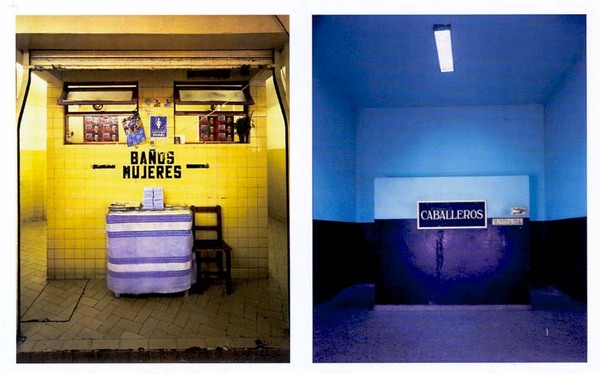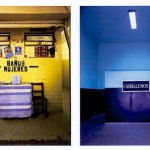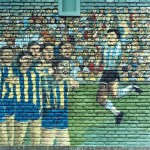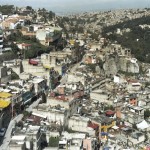By BEN SLOAT
The medium of photography has been especially ravenous this past half century. The swelling of the photograph from its key mechanisms of description to include those of performance, appropriation, and construction has not weakened its ability to speak with sincerity. As the contemporary population is ever adoring of information (and the nature of its dispersal), the interest to communicate and re-examine has become if nothing else, a physical need and a compulsion. Imagine the trauma of a single week where you read no news and saw no images.
Photography is asked, so it speaks; not only in description, but also in definition. We only know certain things because we have seen them: what John F. Kennedy (still alive, gleaming teeth) looks like, the details of the Grand Canyon at sunset, the particular shade of green that the Statue of Liberty expresses. Without the groundwork of the photograph, what poor citizens we would make in this America!
Regarding the medium�s power to describe precisely yet actively communicate, Jim Dow has been photographing elements from the vernacular landscape for several decades. Stating that he uses �photography to try to record the manifestations of human ingenuity and spirit still remaining in our country's everyday landscape,� his series of work include those on American baseball stadiums, barbeque joints, corner shops in Britain, and most recently, a book on North Dakota. Dow collects and edits the colloquial details which are in themselves, acts of creativity.
His latest exhibition, �Capital Architectures: Buenos Aires / Mexico�, on view at the David Rockefeller Center for Latin American Studies at Harvard University, initiates a dialogue between features apparent in these two major cities of Latin America.
Working since the mid 1980s in Buenos Aires and since the early years of this decade in Mexico City, Dow photographs the environs of these respective sites with equal elements fascination, eye for detail, and wry humor. Each photograph is a narrative to be imagined. Shot with an 8�x 10� view camera, many of the photographs here are color contact prints of the same size, inviting a close scrutiny for the eyeball to feast on. Their central subject is not people themselves, but their trace. Seen in local murals, shrines to sports heroes or religious figures, the inside of bars and restaurants, the architecture of toilets and train stations; these outlines of the �manifestations of human ingenuity� are distorted by the specific political and social shifts that, as instruments of history, have greatly affected the visual parameters of these respective cities.
Buenos Aires, flat, expansive, is the southernmost of South America�s major cities and with its wide boulevards and French classical buildings, is defined by a strong European flair. Mexico City, in a valley surrounded by mountains, contains intricate aspects of many cultures as the largest city in the Western Hemisphere. In the Latin American imagination both cities are giants of a different shape, it is no accident that their union in this exhibit is a provocative one.
To inspire dialogue, an image from one a city, a bakery for example, will be hung next to a bakery image from another. As the unique qualities of each are seen, and as the significance between the two is reflected upon, these pairs create a friction with implications that formulate a comparative third image: your bakery. The photograph speaks and it listens. Imagine the range of hometowns for the students and scholars at the Center for Latin American Studies, each responding to the collection of photographs in �Capital Architectures� with the third photos of their own experience.
Therein lies the archive of the mind�s eye.
- Three images by Jim Dow.
David Rockefeller Center for Latin American Studies at Harvard University
All images are courtesy of the artist and the David Rockefeller Center for Latin American Studies at Harvard University.







